Categories: Featured Articles » Interesting electrical news
Number of views: 18985
Comments on the article: 0
Power supplies
 This is a collection article that describes and uses the most common chemical power sources at present.
This is a collection article that describes and uses the most common chemical power sources at present.
In the modern world, portable power supplies are indispensable. They are used in all digital, consumer electronics and not only.
The quality and duration of a particular appliance depends on the correct choice of the battery. Below are the types of current sources and a description of their advantages and disadvantages.

Nickel Cadmium Batteries
The life of this battery is about 90-3700 discharge-charge cycles. Electromotive force (EMF) - 1.3 Volts. Self-discharge is about ten percent per month. Application temperature: from -10 to 40 0C.
These batteries are not afraid of overcharging, withstand accidental pole closure, and are fireproof. Since their internal resistance is low, compared with other current sources, they can be used in equipment that consumes a large current. In addition, they do not heat up at work and work stably.
These batteries are widely used in electric vehicles, in trams, in powerful flashlights. Storing these batteries is discharged and it is better to recharge them a bit when charging.
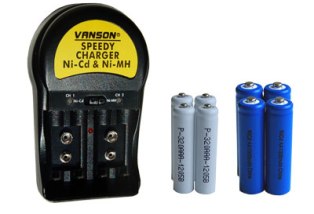
Nickel Cadmium Batteries
Lead acid batteries
EMF is about 2.1 Volts. Application temperature: -38 to 40 0C. Efficiency of work depends on the proper preparation of a solution of sulfuric acid, in winter its density should be slightly higher than in summer.
Charging is worth special chargersat a temperature of 20 0C - once every nine months lasting about 10 hours or at -20 0C - once a year for a duration of about two days.
Store batteries in discharged condition at a temperature not exceeding 30 0C. As you know, lead current sources are used in vehicles as a supply battery for the engine starter.
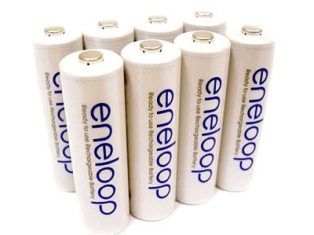
Lead acid batteries
Silver-zinc batteries
The main advantage is the ability to supply consumers with large currents. Performance characteristics: EMF is 1.9 Volts, use temperature: -40 to 500C, a small self-discharge current, do not harm the environment.
Silver-zinc sources have a high cost and a small number of charge-discharge cycles. They are used in spacecraft as an emergency power source.

Silver-zinc batteries
Lithium ion batteries
A lithium-ion power source is the most common battery. It is used, as is known to many, in mobile phones, laptops, cameras. Performance: EMF about 3.6 Volts, use temperature: -20 to 50 0C, the number of charge-discharge cycles: from 400 to 1100, the charge loss is 8% per month.
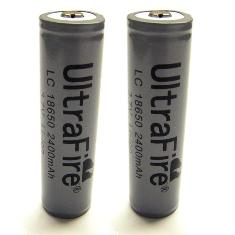
Lithium ion batteries

Lithium ion car batteries
Alkaline or alkaline batteries
Alkaline or alkaline power sources are sources that are widely used in those devices where power is required for a short period of time, for example: toy cars, music players. They should not be used in equipment with low current consumption: in hours, in remote controls. They do not tolerate cold, so they should be used only at room temperature.
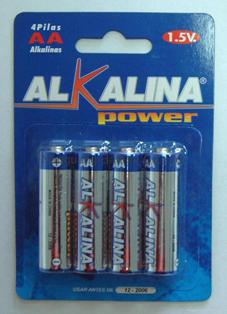
Alkaline batteries
Zinc Air Batteries
Basically, this is a one-time power source with an emf of 1.4 volts and a low self-discharge current. It is harmless to humans, easy to manufacture, has a low cost.It is mainly used in devices with low current consumption, but currently there are prototypes that are used in laptops in the form of batteries.
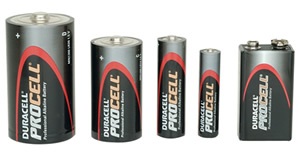
Zinc Air Batteries
Read also on this topic:Lithium ion batteries
See also at bgv.electricianexp.com
:
